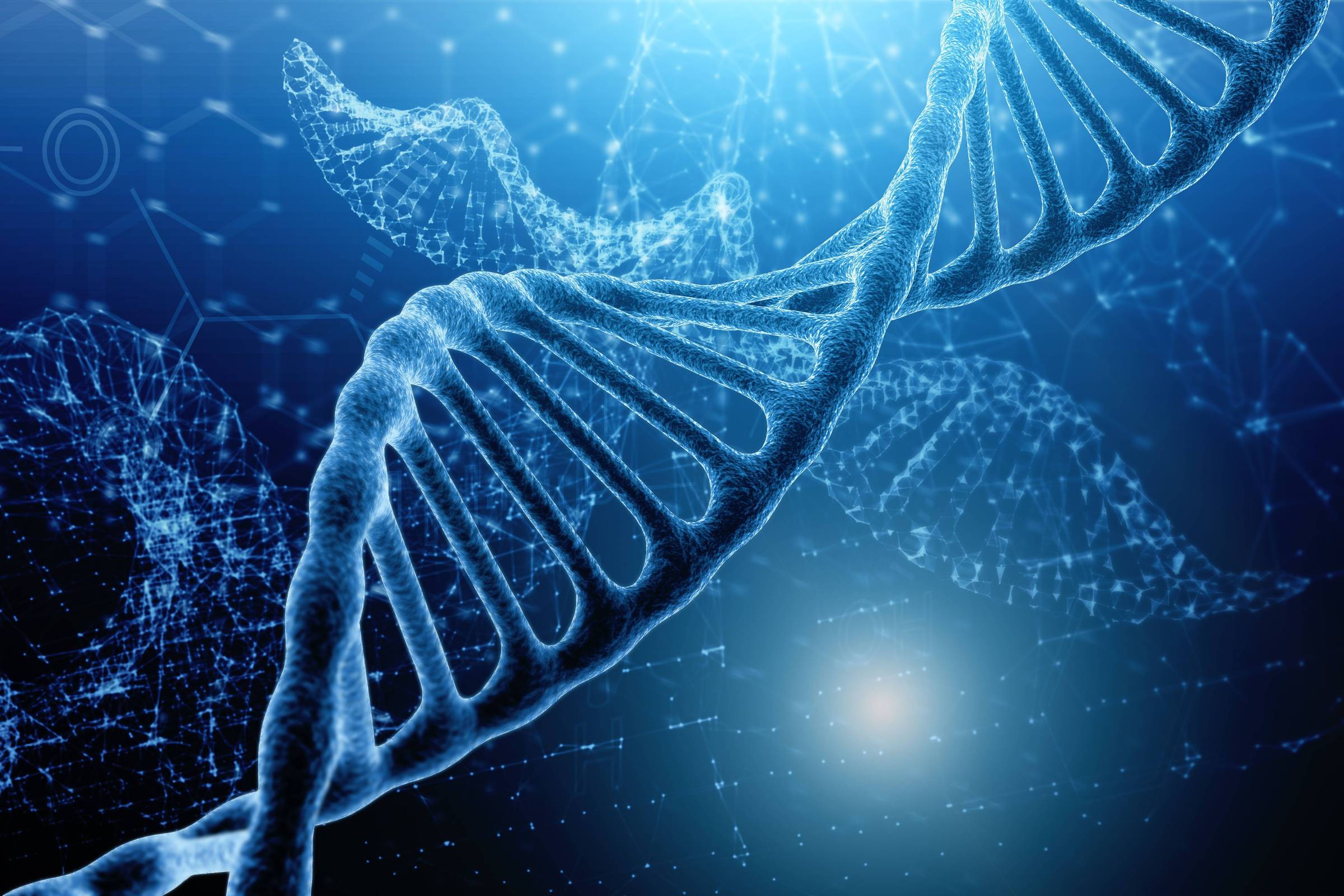Scientists have developed a technology to use DNA's genetic code to store data, prompting a search for solutions to preserve ever-increasing amounts of digital information in a cheaper and more sustainable way.
DNA is seen as a potential lifeline for data-driven economies because it is stable and just one gram of it can theoretically store the equivalent of about 10 million hours of high-definition video.
Researchers from institutions in the United States, China and Germany used a simple chemical reaction to mimic the binary system of traditional computers, allowing information to be printed on DNA with good accuracy and much faster than traditional methods.
New technology, reported in A condition It should enable “real-world applications” for DNA storage that put less strain on electricity and other resources, Long Qian, one of the paper's co-authors, said in the journal Nature last Wednesday (23).
“Current data storage technologies simply cannot store and preserve the massive amounts of data we collect and produce every day,” said Qian, a researcher at the Center for Quantitative Biology at Peking University in China. “If data is stored for more than 50 years…preserving the data in DNA will be cheaper than using and maintaining hard drives.”
Previous attempts to preserve information in synthetic genetic code were time-consuming, expensive, and error-prone.
In this project, scientists adopted a natural chemical process known as methylation to modify biological building blocks of DNA known as bases. Since this meant that bases were either methylated or unmethylated, this gave them two possible states for encoding information – like the binary values 0 and 1 used by computers.
One potential advantage of methylation is its simplicity compared to traditional DNA data storage methods, which involve building ever-increasing amounts of new genetic code. The researchers used this technology to store images, such as a color photo of a panda and a copy of a tiger taken during China's Han Dynasty.
The researchers estimated that their coding strategy could be 10,000 times faster than existing methods and at a fraction of the cost, according to Qian.
“The process is more like 'press' and less like 'leaving a trail of breadcrumbs',” said Nick Goldman, chief scientist at the European Bioinformatics Institute. “The hope is to make things small, fast, durable, environmentally friendly and cheap.” Adding that further evaluation of the system's speed and costs is needed.
Thanks to the increasing use of artificial intelligence, the amount of data generated annually today amounts to zettabytes, or trillions of gigabytes. This is increasing pressure on digital storage capacity, as well as increasing the massive demand for electricity from the world's data centers.
Some companies, such as Amazon, Google, and Microsoft, are seeking nuclear power supply agreements to meet their cloud data needs.
The new DNA data storage technology has “the potential to circumvent the time and cost limitations of traditional methods,” according to a commentary also published in Nature.
But the method still raises doubts, according to Karina Imburgia and Jeff Nevala, of the University of Washington. Among them are the long-term stability of chemically altered bases and the complex processes required to copy and read them in some circumstances.
“The total cost of the new system exceeds the cost of traditional DNA data storage and digital storage systems, limiting immediate practical applications,” they said. “Addressing outstanding issues will help make the system more practical for a wide range of uses.”


